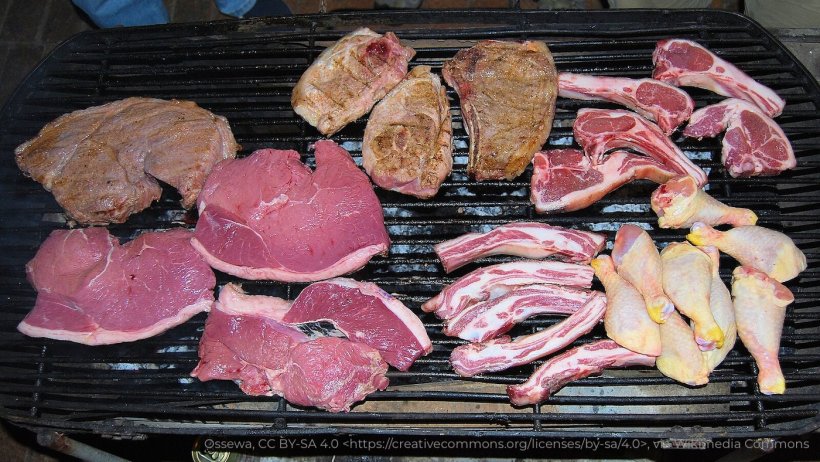World meat production is forecast to reach 384 million tonnes (carcass weight equivalent) in 2025, up 1.4 percent from 2024. The increase is mainly driven by expectations of a higher poultry meat output, along with gains in pig meat and modest growth in ovine meat, partially offset by a decline in bovine meat production.
- Global poultry meat production is projected to expand on the back of relatively lower feed costs and robust demand driven by its affordability. Despite continued high pathogenicity avian influenza (HPAI) outbreaks in major producing regions, the overall impact on broiler output has remained limited.
- Global pig meat production is expected to grow, underpinned by improved productivity and enhanced herd management efficiency. However, recurrent African swine fever (ASF) outbreaks, particularly in Asia and Europe, continue to hinder disease control efforts.
- Ovine meat output is also forecast to rise slightly, as declines in Oceania – due to smaller flocks, although partly offset by higher slaughter of older breeding ewes with heavier carcass weights – are expected to be balanced by increases elsewhere.
- By contrast, global bovine meat production is anticipated to contract, reflecting reduced cattle inventories, notably in Brazil and the United States of America, following several years of high slaughter levels prompted by weather-related factors and strong global demand.
Global meat trade is forecast to expand by 1.7 percent in 2025, reaching 43.0 million tonnes. Tight bovine meat supplies, strong import demand, animal disease-related trade restrictions, and tariffs are reshaping trade patterns and contributing to continued volatility in international meat flows.

- Growth is expected to be led by bovine meat, with Australia expanding shipments to the United States, where domestic supplies remain limited, and Brazil increasing its sales to alternative markets following higher tariffs imposed by the United States.
- Firm global demand is also anticipated to boost poultry meat exports, although HPAI-related restrictions on Brazil have slowed growth, enabling smaller exporting countries to gain market share.
- Pig meat trade will likely expand, as increasing exports by Brazil are expected to outweigh reduced shipments from the European Union, particularly to China, following the imposition of provisional duties in September.
- By contrast, global ovine meat trade is forecast to decline, constrained by limited exportable supplies in key producing countries.
International meat prices, as measured by the FAO Meat Price Index, have trended upwards in 2025, led by increases in bovine and ovine meat quotations, both reaching new historical highs. The increase reflects limited global export availabilities, sustained import demand, and heightened market uncertainty stemming from animal disease outbreaks and geopolitical tensions.
November 13, 2025/ FAO.
https://openknowledge.fao.org






